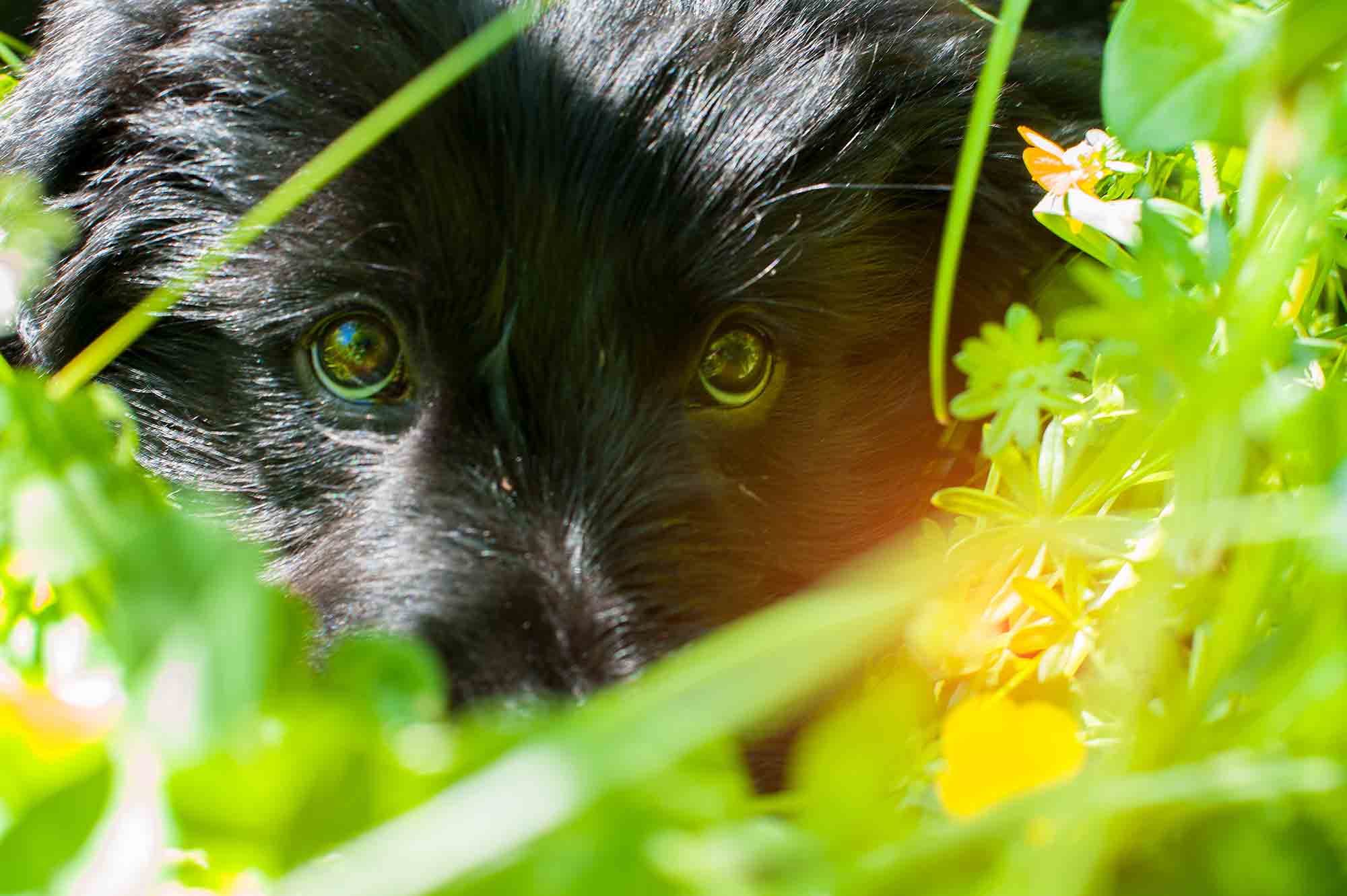Blog
Pet Safety: See Your Backyard From Their Point of View
 Landscaping is a huge industry. Homeowners look to increase their property value and “curb appeal” by planting a variety of shrubs, bushes, and trees. Those shopping for homes are usually drawn in by thoughtful borders, healthy hedges, and colorful flowers. But for all the work behind this endeavor, pets are usually the last to be informed of a plant’s potential for toxicity.
Landscaping is a huge industry. Homeowners look to increase their property value and “curb appeal” by planting a variety of shrubs, bushes, and trees. Those shopping for homes are usually drawn in by thoughtful borders, healthy hedges, and colorful flowers. But for all the work behind this endeavor, pets are usually the last to be informed of a plant’s potential for toxicity.
Pet safety is a huge concern all year round, but as the weather shifts to longer, hotter days, animals tend to spend more time outside. Is your backyard a safe haven or could it contain one (or more) potential sources for pet poisoning?
Hardiness
There are some lovely additions to any garden or yard that are considered weather hardy. This means they don’t require a ton of water to look good, and they can endure long hours of sustained heat. However, the following drought-resistant plants can threaten pet safety with just one nibble:
- Aloe vera – We love it for its healing properties, but this plant can cause vomiting, diarrhea, depression, and inappetance.
- Sago palms – A common fixture in San Antonio, sago palms are poisonous to pets. Beware the seeds which contain a toxic chemical that results in vomiting, bloody stool, and increased urination. It can also lead to seizures, coma, paralysis, and even death.
- Caladiums – The colorful, heart-shaped leaf of the “elephant ear” plant is known to contain a chemical compound that can burn a pet’s mouth, cause swelling, difficulty breathing, and vomiting.
Beautiful but Toxic
Other risks to pet safety in the backyard include:
- With their purple sweet-smelling blooms, Texas Mountain Laurel can cause convulsions, respiratory distress, and even death. Never allow your pet to eat the mescal beans found in the silvery pods of the tree.
- Begonias are colorful, but if eaten by a cat or dog, they can lead to oral irritation, trouble swallowing, burning, drooling, and vomiting.
- Oleander is beautiful but can cause drooling, abdominal pain, depression, and death.
- Amaryllis and Lilies are especially toxic to cats and have the potential to damage the kidneys or cause death.
Make Pet Safety Your #1 Choice
For more information on how to create a yard that ensures pet safety, check the ASPCA’s list of toxic plants. It’s also a good idea to know the signs of a pet emergency and have the appropriate phone numbers and addresses handy. Likewise, if you know or suspect your pet ate something toxic, make sure to bring a sample with you, along with samples of any vomit/stool.
Please let us know if you have additional questions or concerns about pet safety this spring. Our veterinarians and staff are always here for you and your pet!
